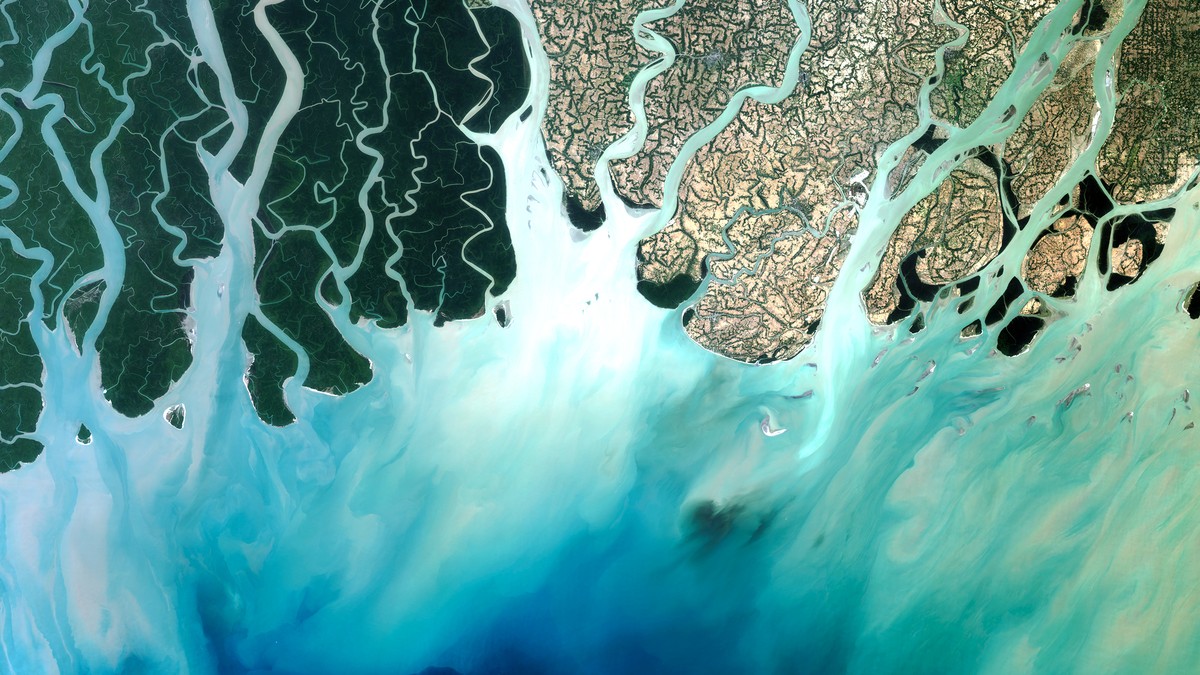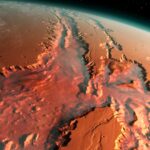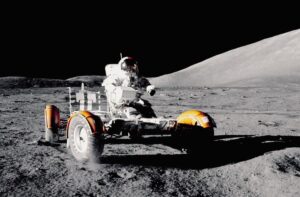
The Landsat program has collected more than 10 million satellite images that show the state of the earth’s surface over the past 50 years. Since it was launched first on July 23, 1972, seven other satellites – three of them still operated while one had failed in orbit – had captured the extraordinary glory of our planet, and human activity had caused it to see drastic changes.
The collaboration between NASA and the United States Geological Survey (USGS), Landsat satellite captures the 185 kilometer Figure path above the earth’s surface. Thanks to their presence, we can see the existence of a free -swaying desert, remote islands, vast urban areas, and rivers with branches resembling blood vessels.
In addition to providing data for scientific purposes, this program inspires the “Earth as Art” project, which highlights their most charming scenes. However, these images are also a reminder of the large role played by humans in influencing the surface of the earth. Landsat monitors forest fires that are getting worse, and measuring storm damage. Satellite images also show dry lakes, coastal soil erosion and widespread deforestation.
Satellite has of course revolutionized the way we observe the earth from time to time, “Jim Irons, a landsat program scientist for decades at the Goddard Nasa space flight center, said when contacted by his colleague Temilola Fatoyinbo.
Although we now have a lot of high resolution data that is far more surprising, we can still compare it with landsat, “said Fatoyinbo, a scientist who studies coastal ecosystems in the Goddard biosphere scientific laboratory. “Only with the landscase that we can compare and observe the same place on earth from time to time.”
Conditions on Earth as seen by Landsat 1 have been greatly changed, and this is seen in every satellite recently shot down to Landsat 9. Scientists have warned the terrible impact of climate change caused by humans, who come from greenhouse gas emissions From the burning of fossil fossils fossils caused by fossils caused by fossils caused by fossils caused by human fossils, which originate from emissions of human fossil fossils, which originate from fossil fossils. The extraordinary fuel has been documented in a way that has never happened before for the past 50 years.
Iron said landsat could be very useful in understanding the impact of climate change in various ways, including “melting glaciers, deforestation and destruction of Amazon forests, urban development, [and] ecosystem changes that reflect all climate change”.
For me, which focuses on studying coastal areas, I have many changes, “said Fatoyinbo. “As shocking to see deforestation and change in coastal areas.”
Landsat also noted how nature was quickly eroded by human interests. City development and cleaning of agricultural land caused a lot of damage throughout the world. It may be difficult for humans to accept this terrible change, but the Landsat satellite image catalog provides a final reason for the actions and solutions needed to combat anthropogenic stress.
Landsat not only gives an amazing view of this planet from outer space, but also highlights its fragility and vulnerability of its inhabitants in the cosmic context. This program invites us to reflect on what we have done so far and how important the earth is to our lives.
We now focus a lot on anthropogenic impact throughout the world. Many time has been spent seeing the consequences of disasters, forest fires and city development. But sometimes, the photos of ‘the earth as art’ are very pleasant to look back and realize how beautiful it is to see the earth from space, “iron concluded. “With Landsat Data, we can all imagine what it feels like an astronaut to see on earth from above.



![Scientists are turning dead spiders into robots, the tech is called ‘necrobotics’ [WATCH]](https://highonwing.com/wp-content/uploads/2022/07/93155021-150x150.webp)

